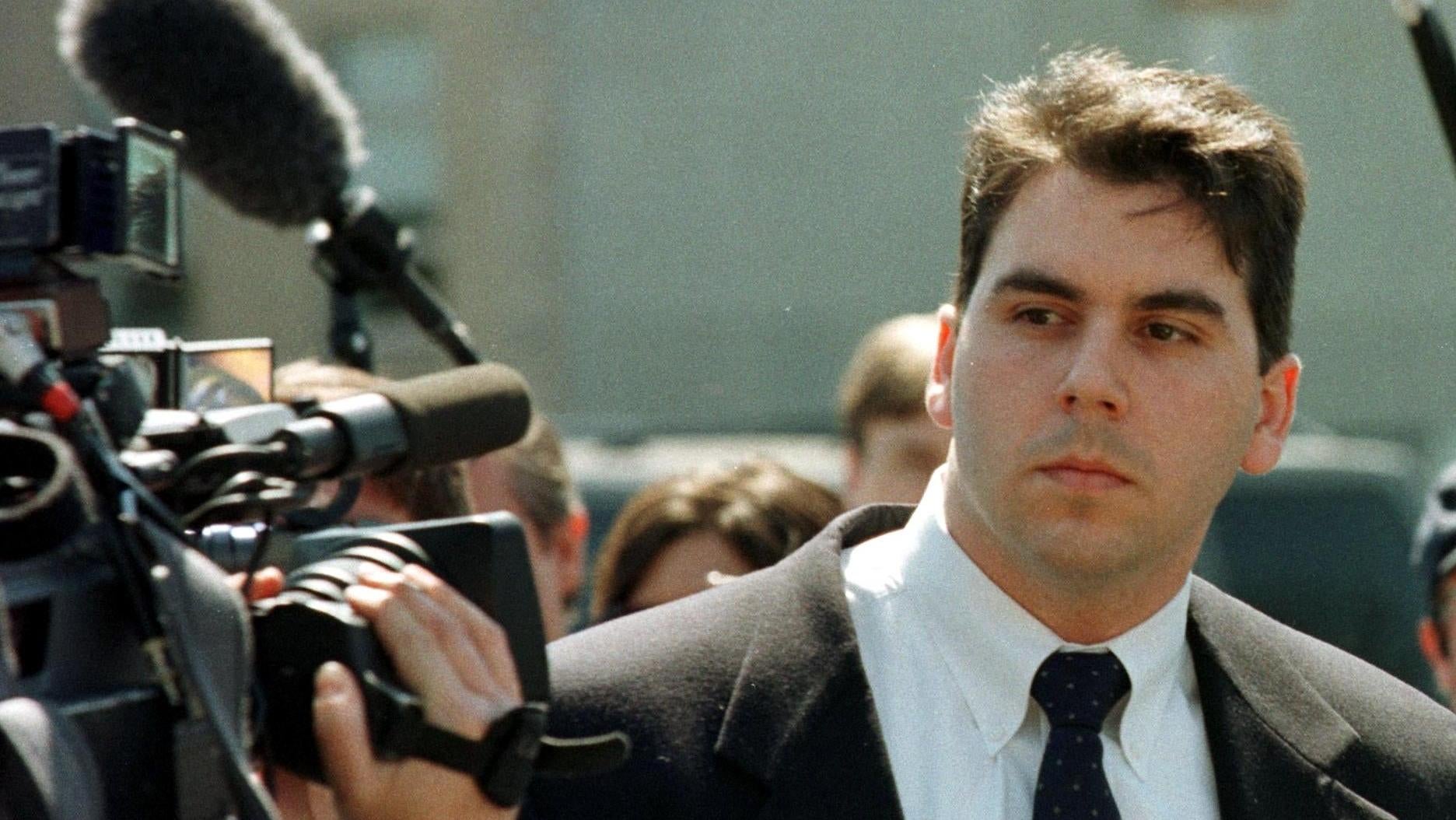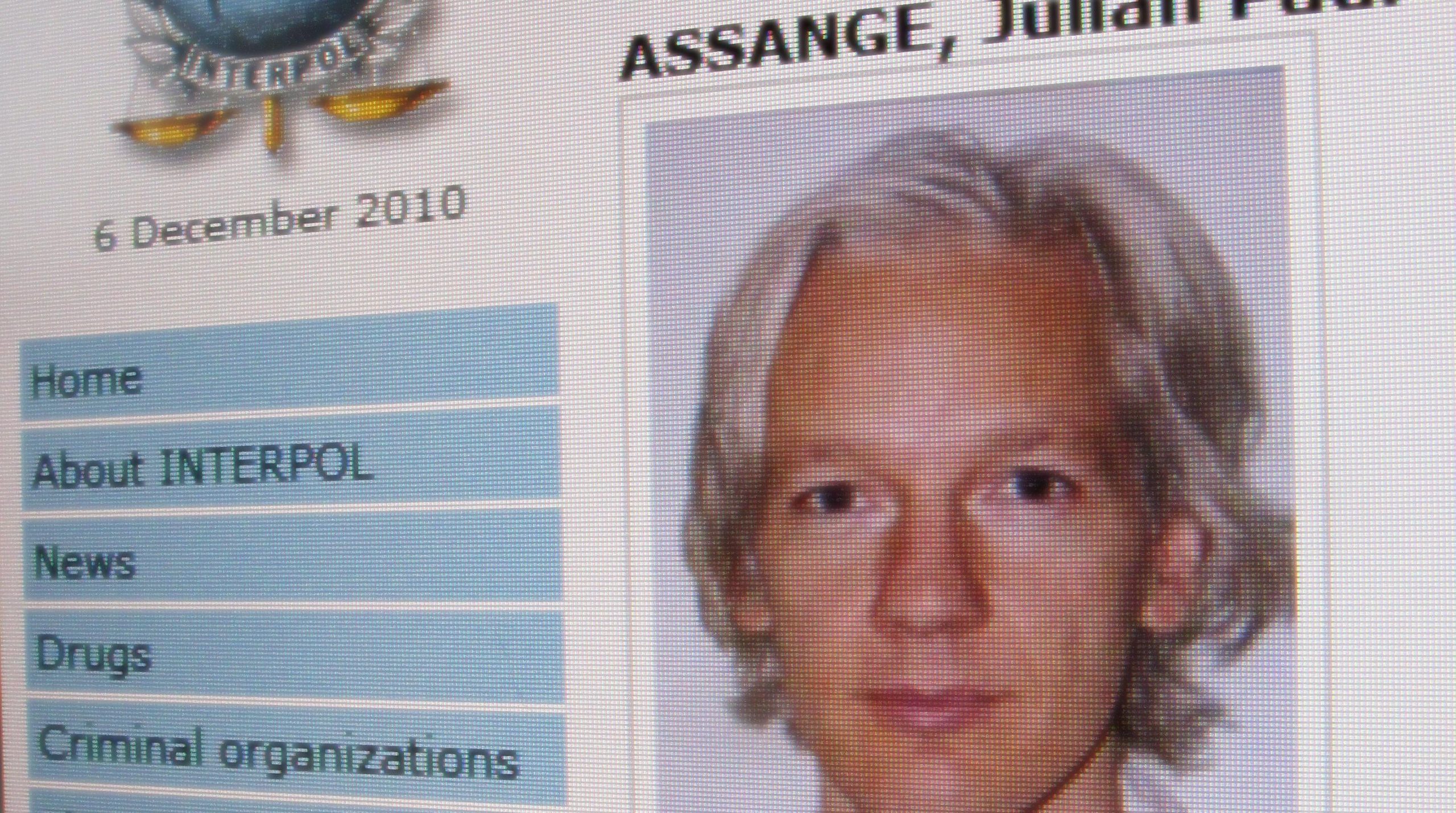In 2021, cybercrime is a normal part of everyday life. But back in the early days of the internet — that is, the 1980s and ‘90s — the hacker was a bizarre new phenomenon that the American public had never encountered before. Many of the trailblazers of this trend weren’t cynical criminals but rather bespectacled teenagers — unadulterated nerds with a penchant for using their advanced computer powers to cause mischief. Back in these days, hacking was less about extortion and moneymaking than it was about hubristic achievement and the desire to do something that had never been done before.
With that in mind, here are a few of the big names from that era.
Kevin Mitnick

Kevin Mitnick is one of the most notorious digital troublemakers from the early days of the internet — frequently called the world’s most well-known hacker.
From a very young age, Mitnick was reportedly a computer whiz — a skillset that quickly led to innumerable digital break-ins. In 1982, at the age of 19, he hacked into the North American Defence Command (NORAD), America’s underground nuclear command centre — an event that allegedly served as the inspiration for the classic hacker flick War Games. At other various points, he also hacked Pacific Bell, the Digital Equipment Corporation, and many others. After a warrant was issued for his arrest in 1992, Mitnick went on the lam, remaining at large for over two years.
For the entire duration of his flight from the law, Mitnick continued to hack into networks and steal data. This white-hot streak came to an end in February of 1995 when the FBI finally arrested him. He was subsequently slapped with a bevy of federal charges and sentenced to several years in prison. Today, he’s remade himself as an IT consultant, speaker, and a celebrity in the hacking and IT communities.
Robert Tappan Morris (of the “Morris worm”)

Credited with being the first guy to invent an internet worm (and the first to be arrested for it), Morris is an interesting figure and, like a lot of hackers of his era, a very unlikely criminal. A graduate of Harvard, Morris was continuing his academic career at Cornell University when he created a computer program that wreaked a whole lot of havoc.
The worm, which originated in MIT’s servers, was unfurled on Nov. 2, 1988, subsequently causing a widespread denial-of-service attack that affected much of the existing internet at the time. It’s unclear whether it was intentionally or accidentally malicious, but, whatever the case, the worm ate its way through approximately 10% of the computers connected to the web at the time (admittedly a relatively small number), leaving many of them in a wounded, zombified state. It became known as the “Morris worm.”
For his creation, Morris was subsequently convicted of violating the Computer Fraud and Abuse Act — a first at that time, since the law had only been passed two years earlier. He was sentenced to probation and, over the following 30 years, he’s become a celebrity in his own right.
The 414s

OK, technically this is not just one hacker, it’s several. One of many hacking groups to crop up during the 1980s, the 414s were a small team of pimply-faced teenagers and early twenty-somethings from Milwaukee who managed to hack into the networks of myriad large government facilities, banks, and other organisations. Targets included the likes of Los Alamos National Laboratory, Sloan Kettering, and Security Pacific National Bank — then one of the largest banks in California. Eventually, they would be paid a visit by the FBI and several members of the group would eventually face charges for making harassing phone calls.
Mark Abene

Mark Abene, who went by the outlandish hacker moniker of “Phiber Optik,” was a member of the hacking group Masters of Deception (“MOD” for short). As a minor, Abene is alleged to have been involved in an assortment of small computer hacking crimes.
Some say a victim of the federal government’s crackdown on hackers in the 1990s, Abene and other members of MOD were arrested in 1991 and subsequently indicted by a federal grand jury. He was ultimately sentenced to 12 months in prison. After his release, he maintained a reputation as a kind of folk-hero of the hacking community and has since gone on to enjoy a long career in cybersecurity and other IT endeavours, according to his LinkedIn.
David L. Smith

A little over ten years after the Morris worm wreaked its havoc, computer viruses had evolved quite a bit and David L. Smith, a programming subcontractor for AT&T, helped cement the intrusive power of the malicious program. In 1999, Smith authored and launched the “Melissa virus,” a self-propagating program that, when opened, forwarded itself to the first 50 people in your Microsoft Outlook address book. The virus purportedly caused “millions of dollars” in damages. After being arrested, Smith was sentenced to a stint in federal prison.
Julian Assange

Before he became a controversial publisher and (so say U.S. authorities) alleged international criminal, Julian Assange was your typical teenage hacker, hellbent on notoriety and achievement. Under the name “Mendex,” Assange began hacking in 1987 at the age of 16.
While the exact exploits of early era Assange are not totally confirmed (he is rumoured to have helped hack into NASA and he and his friends are said to have boasted of hacking a “who’s who of the U.S. military-industrial complex”), what is known is that, in 1991, he and his cyber comrades were caught hacking into Nortel, a large Canadian telecom. As a result, Assange was arrested and charged by Australian authorities with 31 related charges.
Assange would later graduate to bigger things, founding WikiLeaks, the famous hacktivist organisation. Since its founding, it has leaked millions of documents — including a video that indicates signs of U.S. war crimes in Iraq. Assange is currently in custody in the U.K., with American authorities seeking his extradition so he can be tried in a U.S. court. If convicted of his current charges, he could face up to 175 years in prison.
